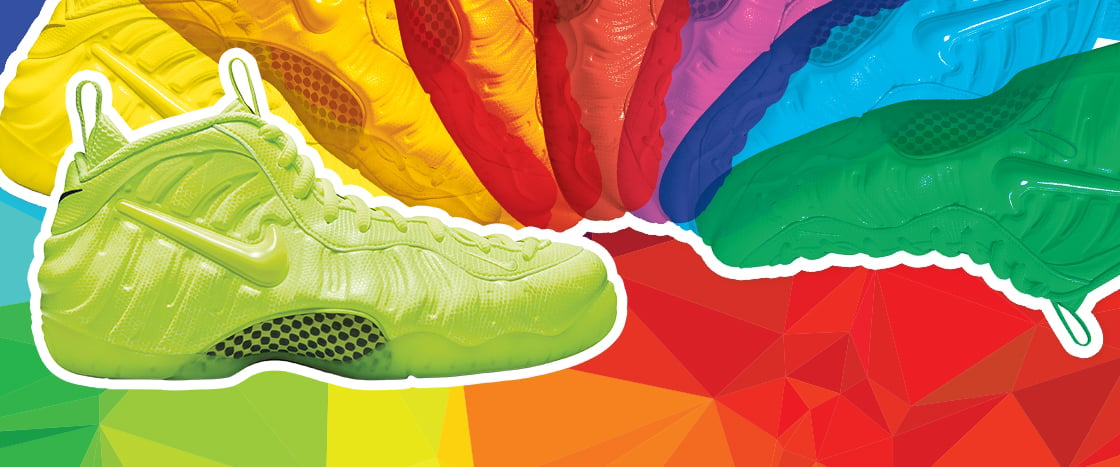The walls of a shoe store are lined with sneakers in every color of the rainbow. They range from neon orange to deep purple to bright white. Your eyes scan the walls and land on the perfect pair. The shoes seem to say: “I’m the pair for you.”
That may not be far from the truth! Designers spend a lot of time considering how colors will connect with customers. “Colors can make us feel things,” says Deborah Hernandez. She’s a color specialist at the Fashion Institute of Technology in New York City.
To choose just the right colors for sneakers, T-shirts, logos, or anything else they’re creating, designers rely on color theory. Part art and part science, these guidelines show how colors can be combined to create appealing designs for every person and occasion.
The walls of a shoe store are lined with sneakers. They come in every color of the rainbow. The shoes range from neon orange to deep purple to bright white. You scan the walls. Your eyes land on the perfect pair. The shoes seem to say, “I’m the pair for you.”
That may not be far from the truth! Designers spend a lot of time thinking about colors. They want their products to connect with customers. “Colors can make us feel things,” says Deborah Hernandez. She’s a color specialist. She works at the Fashion Institute of Technology. It’s in New York City.
Designers want to choose the right colors for sneakers, T-shirts, logos, and more. They rely on color theory to do that. It’s a set of guidelines. They show how colors can be combined. That creates designs that appeal to every person. It’s part art and part science!

